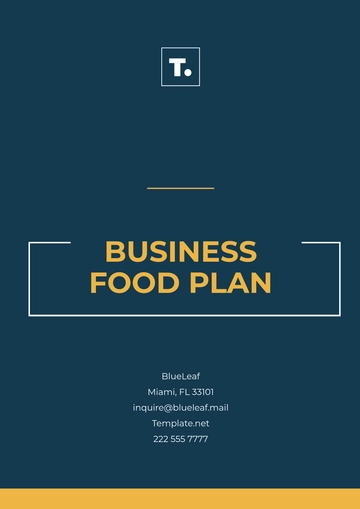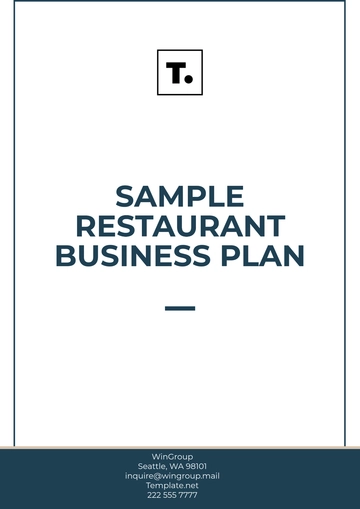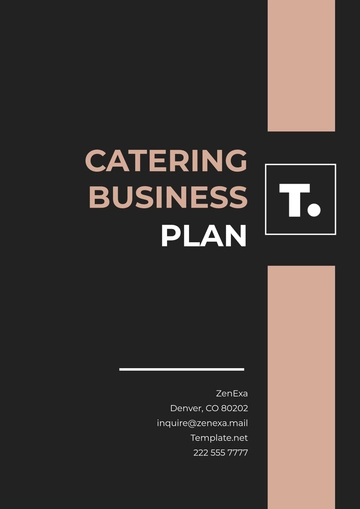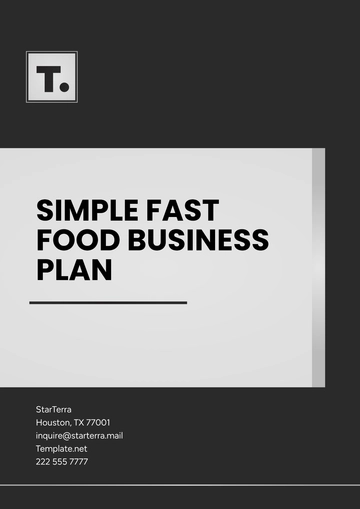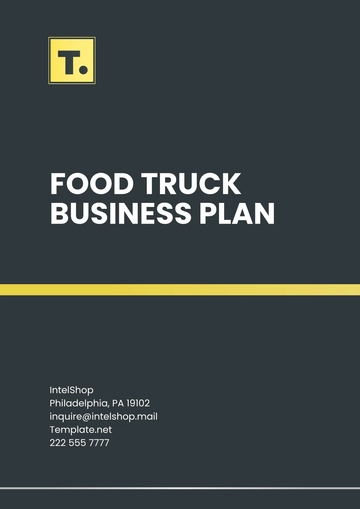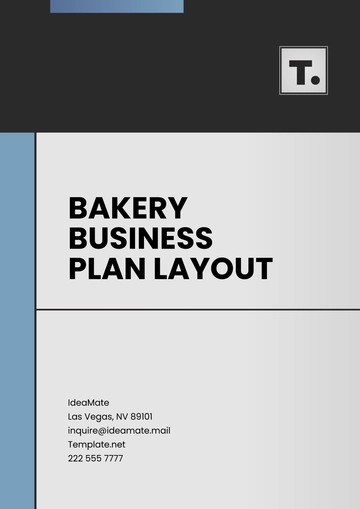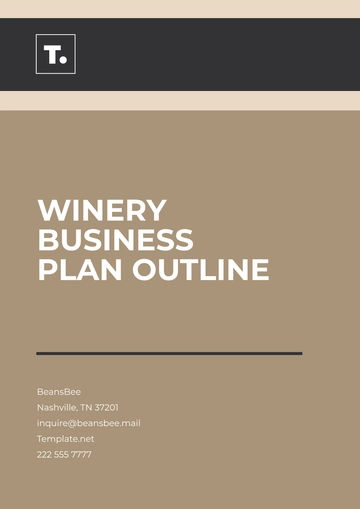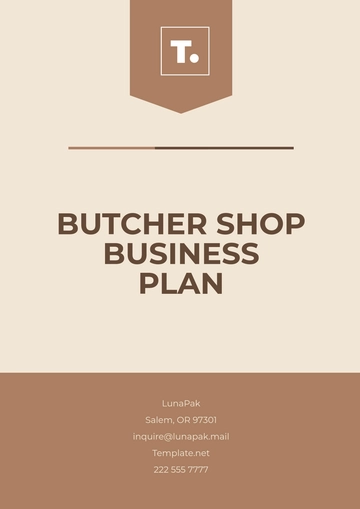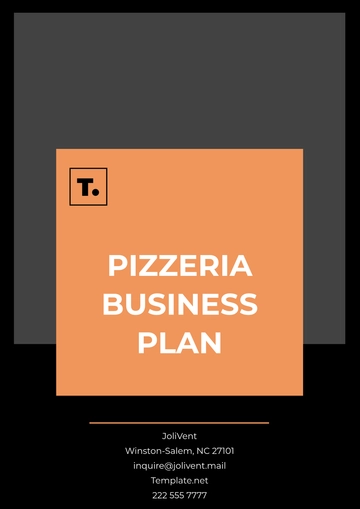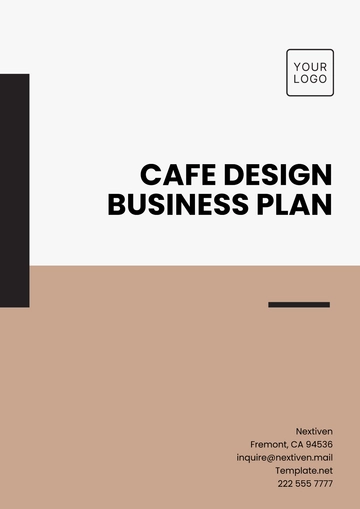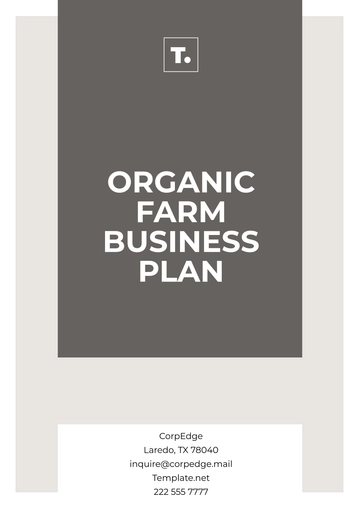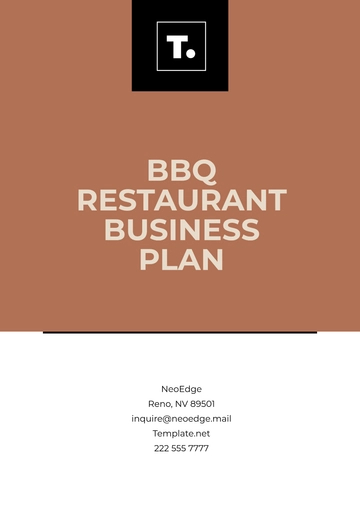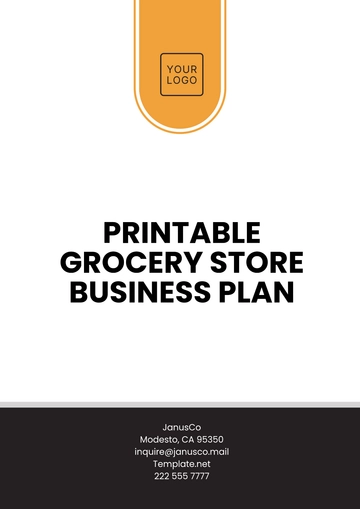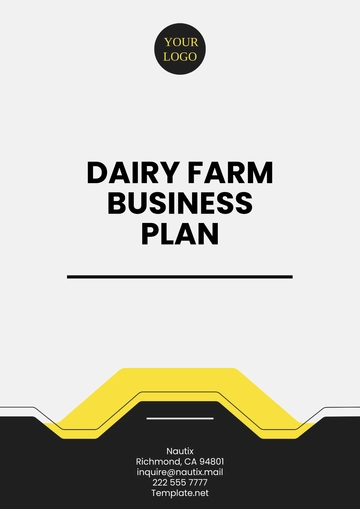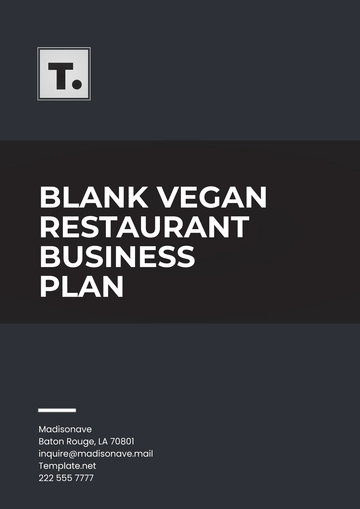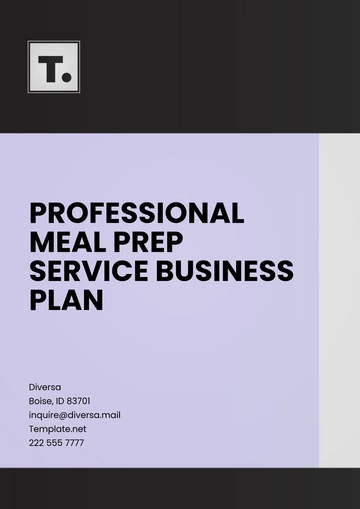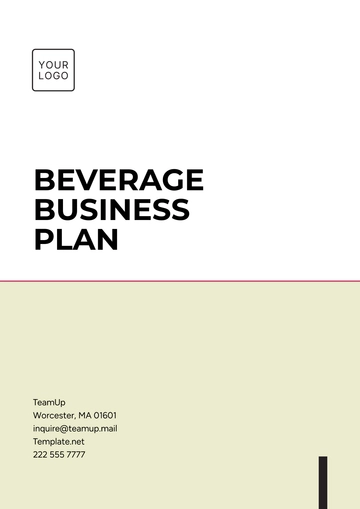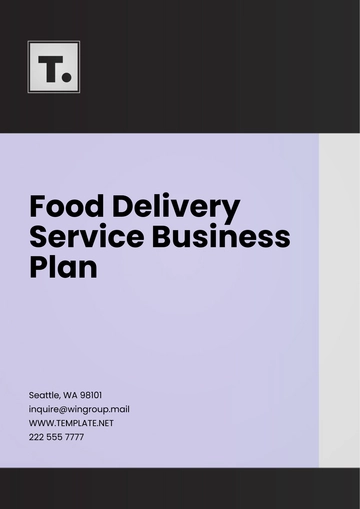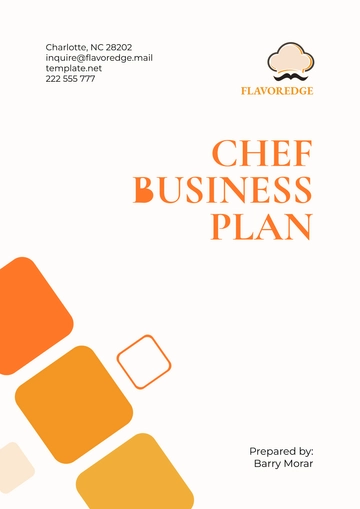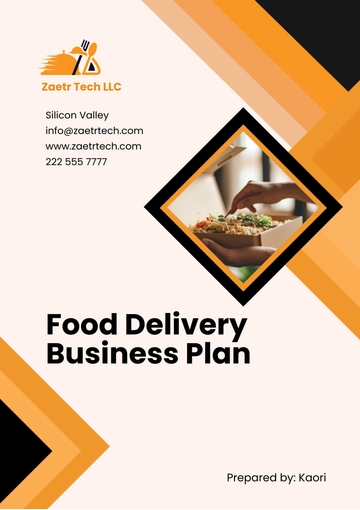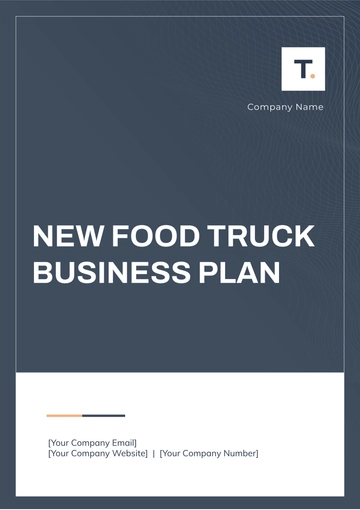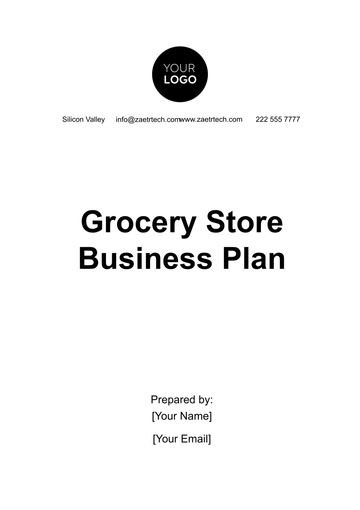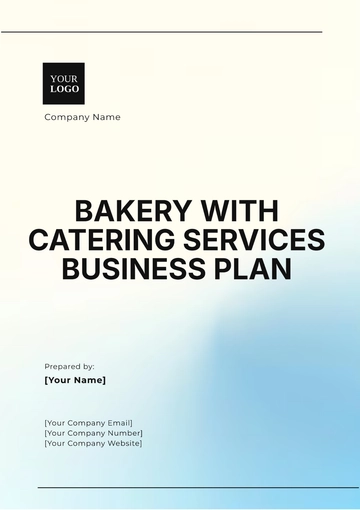Free New Food Truck Business Plan Design
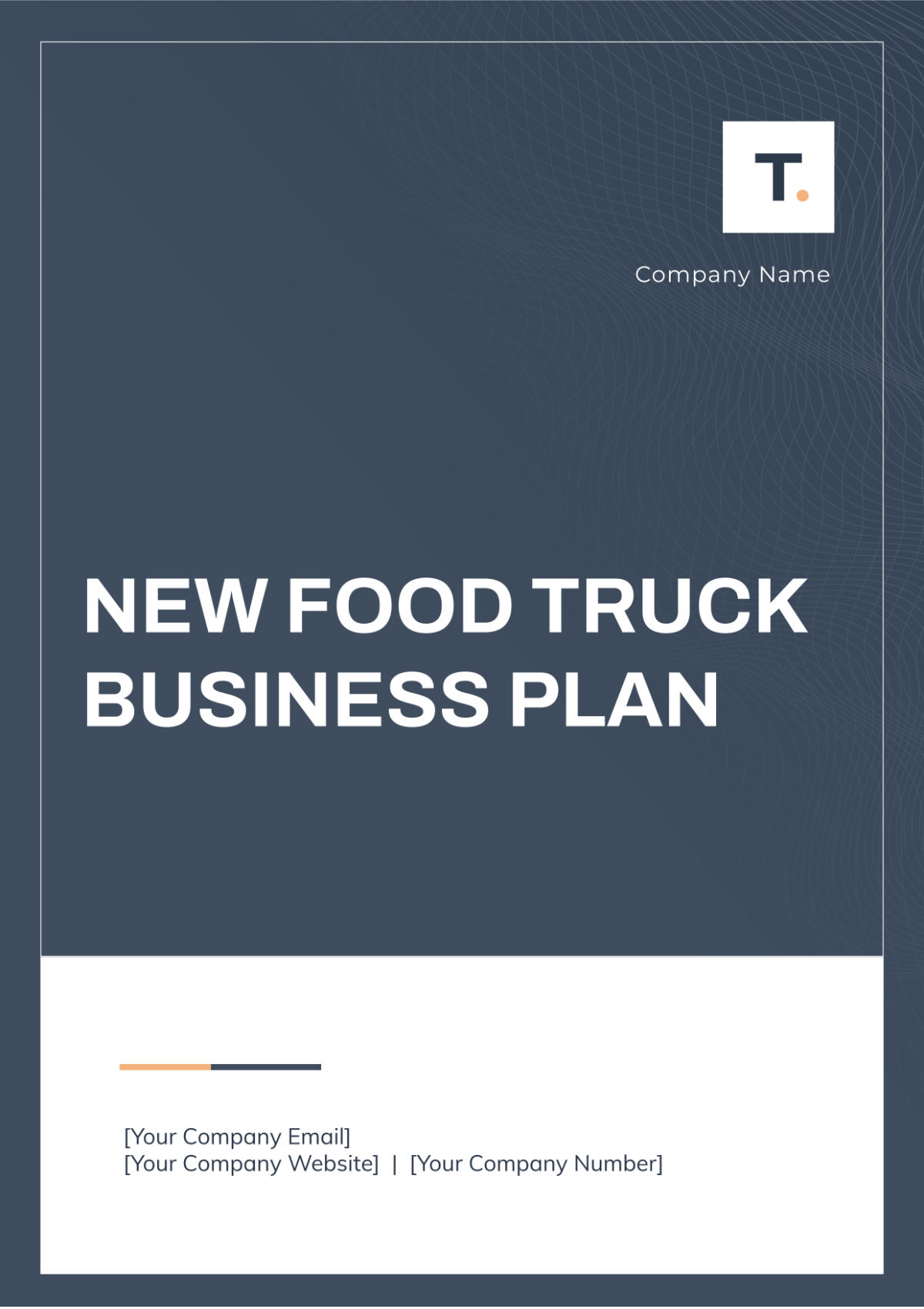
1. Executive Summary
Business Name: [Your Food Truck Name]
Location: [City/Area of operation]
Type of Cuisine: [Type of food served]
Business Concept: Briefly describe your unique food concept and why it will succeed.
Mission Statement: Your business’s purpose and what sets it apart from competitors.
Objectives: Short-term and long-term business goals.
2. Company Description
Ownership Structure: Sole proprietorship, partnership, LLC, etc.
Owner(s) Background: Brief introduction to the founders, including their qualifications and experience in the food industry.
Business Model: Describe how the food truck will generate revenue (e.g., direct sales, catering, events, etc.).
Location Strategy: Explain where you’ll operate (e.g., street locations, festivals, farmer’s markets, business districts).
3. Market Research & Analysis
Industry Overview: Provide insights into the food truck industry and its trends.
Target Market:
Demographics (age, gender, income level, etc.).
Psychographics (lifestyle, food preferences, behavior patterns).
Competitor Analysis:
List key competitors (food trucks, restaurants, etc.).
Identify their strengths and weaknesses.
Explain your competitive advantage.
Market Size & Growth Potential: Estimated demand and potential for growth in your target area.
4. Menu and Pricing Strategy
Menu Offerings: Describe key menu items and their uniqueness. Include specialty dishes, seasonal offerings, and beverage options.
Sourcing & Ingredients: Where and how will you source your ingredients? (local farms, organic suppliers, etc.)
Pricing Strategy: How do you price your items? Consider food cost percentage, competitor pricing, and target customer affordability.
5. Marketing and Sales Strategy
Branding: Define your brand’s identity, including logo, tagline, and overall brand story.
Marketing Channels:
Social Media: Platforms (Instagram, Facebook, TikTok) for daily updates, customer interaction, and promotions.
Website/Online Presence: How will you use a website or food delivery apps?
Loyalty Programs: Develop a plan to reward returning customers.
Street Promotions: Flyers, special offers, and collaborations with local businesses.
Sales Strategy:
Seasonal promotions.
Catering services for events and parties.
Partnerships with local festivals and food events.
6. Operations Plan
Food Truck Design: Describe the layout of your truck, equipment required, and any custom modifications.
Daily Operations:
Service times and operating hours.
Cleaning protocols.
Inventory management.
Staffing Plan: Number of staff, roles (e.g., chef, cashier), training, and compensation.
Suppliers: List key suppliers and how often you’ll need deliveries (daily, weekly).
Technology & Equipment:
Point-of-sale (POS) system.
Payment methods (cash, card, mobile payments).
Cooking and refrigeration equipment.
7. Financial Plan
Startup Costs: Estimate costs to launch (truck purchase or lease, equipment, licenses, permits, inventory, branding, etc.).
Revenue Projections: Forecast sales for the first year based on expected daily customers, average transaction size, and days of operation.
Operating Costs:
Fixed expenses (truck maintenance, permits, insurance, rent for parking spots).
Variable expenses (inventory, wages, marketing).
Break-even Analysis: At what point do you cover all your costs and start making a profit?
Funding Requirements: How much money will you need to launch the business and sustain it? Outline potential funding sources (loans, investors, savings).
Profitability: Provide a 3-5 year financial projection with estimated profit margins.
8. Legal Requirements
Licenses and Permits: Identify the necessary permits (food handler, health inspections, business license, etc.).
Health & Safety Compliance: Explain how you’ll meet local health and safety regulations.
Insurance: What insurance policies will you need (truck, liability, employee)?
Trademarks & Patents: Protecting your brand name, logo, or any unique food preparation techniques.
9. Risk Analysis
Potential Risks: List risks (weather conditions, truck maintenance issues, regulatory changes, etc.) and how you will mitigate them.
Contingency Plan: Have a backup plan for unforeseen events, like emergencies, unexpected expenses, or business disruptions.
10. Growth Plan
Future Expansion:
Opening more food trucks.
Franchising opportunities.
Transitioning to a brick-and-mortar restaurant.
New Revenue Streams: Catering, merchandise (e.g., branded shirts, sauces), or partnerships with local grocery stores.
- 100% Customizable, free editor
- Access 1 Million+ Templates, photo’s & graphics
- Download or share as a template
- Click and replace photos, graphics, text, backgrounds
- Resize, crop, AI write & more
- Access advanced editor
Get your food truck venture rolling with Template.net's New Food Truck Business Plan Design Template. This fully editable and customizable template allows you to outline your menu, target market, and financial strategies effortlessly. With access to our AI Editor Tool, you can create a professional plan that paves the way for success in the food truck industry.
You may also like
- One Page Business Plan
- Coffee Shop Business Plan
- Restaurant Business Plan
- Food Business Plan
- Real Estate Business Plan
- Executive Summary Business Plan
- Cover Page Business Plan
- Nonprofit Business Plan
- Daycare Business Plan
- Construction Business Plan
- Startup Business Plan
- Medical Business Plan
- Bakery Business Plan
- Service Plan
- Hotel Business Plan
- Catering Business Plan
- School Business Plan
- Healthcare Business Plan
- Transportation Plan
- Sports Plan
- Car Wash Business Plan
- Salon Business Plan
- Clothing Business Plan
- Farming Business Plan
- Boutique Plan
